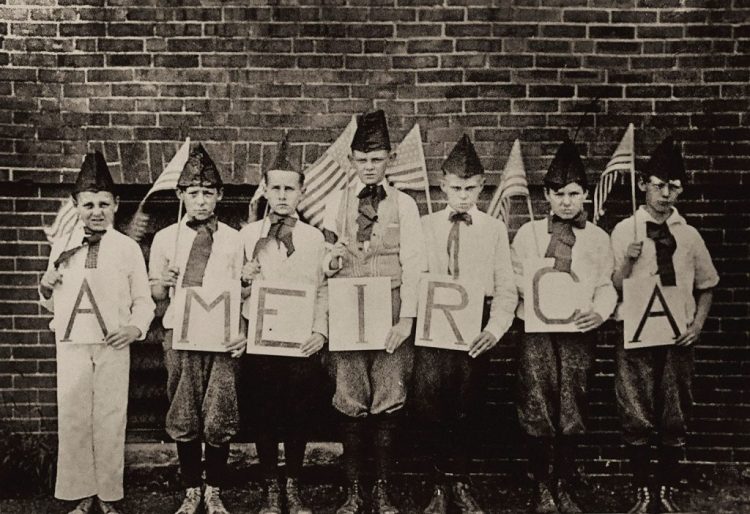Next year we celebrate Maine’s 200th birthday. Maine achieved a unique place in American history in 1820 when, through a public referendum in which voters overwhelmingly approved separation from Massachusetts, it completed the balance of one free state and one slave state in the Missouri Compromise.
Much like its motto, Dirigo – “I lead or I direct” – Maine was thought to be the Polar Star or mariner’s guide for all to follow, illustrated by the star at the top of the flag. It was the first state to constitutionally guarantee citizenship to the slaves. James Kent, an early legal scholar, noted: “In no part of the country except for Maine did the African race … participate equally with the whites in the exercise of civil and political rights.”
The state of Maine may indeed be 200 years old, yet as University of Maine professor Bonnie Newsom, a member of the Penobscot Nation, reminds us, “People have been living here for at least 11,000 years … living along the Penobscot River for at least 9,000 years.”
More recently, Maine has experienced a steady stream of immigrants. At the height of America’s immigration boom in 1910, 1 in 8 Mainers was born overseas.
The idea of Maine’s “whiteness” prevails, though this perception ignores centuries of settlements of Native peoples and the state’s history of immigration.
Beginning in the early 1700s, the Irish made up the largest mass migration of refugees, leaving their homeland to escape famine and political oppression. They endured back-breaking labor while confronting political and religious persecution here.
The next largest wave of immigrants was made up of people of French descent from Quebec and the Maritimes who came to work in Maine’s farms and factories. Researcher and historian James Myall observes that because of their different language and religion, they were thought to be inferior to northern Europeans; they too faced hostility.
Literacy tests made it harder for French speakers to vote, and children faced prohibitions against speaking French in public schools. In the 1920s, the Ku Klux Klan in Maine targeted Franco-Americans as well as Jews, Catholics, Chinese immigrants and African-Americans.
Other immigrant groups followed; each met with resistance. Nonetheless, they persisted and became important contributors to Maine’s economic and cultural history.
Despite our complicated history of native domination and immigrant conflict, there are many hopeful signs that Maine has again turned to its Polar Star. Among these are the creation of the Maine Wabanaki-State Child Welfare Truth and Reconciliation Commission, which led a truth-seeking process from 2013 to 2015 to uncover the reality about child-welfare practices with Maine’s Native people. It was the first in the country to do so. Maine has also had black mayors as well as black and Native American legislators.
Additionally, several immigrants have joined the ranks of elected officials in Lewiston, Portland and Bangor; while over 300 asylum seekers were recently welcomed and settled in Portland and surrounding towns.
Those new to Maine – mostly from Asia, Africa and Latin America – are in large part young and educated. Their journeys to Maine are a world apart from those of the Frenchmen who landed on St. Croix island over 400 years ago.
But they, like waves of immigrants before them also “came from away to find a new life and find themselves trying to survive in the cold,” as one news story put it. Maine’s Native Americans, says Cinnamon Catlin-Legutko of the Abbe Museum, “have never been forced away from their homelands; they are still here … their language is attached to the land.”
All those who have settled here make Maine what it is today and will play a critical role in its future. In 2016, a Maine Development Foundation and Chamber of Commerce report cautioned that the Maine economy will suffer if the state fails to attract, integrate and train immigrants. Nationally, the two organizations said, “new immigrants and their children are expected to account for 83 percent of the growth in the U.S. workforce from 2000 to 2050.” Maine will, as well, rely on migration to provide both population and workforce growth.
As the state’s bicentennial approaches, let’s remember that this 200th birthday is one that really has its beginnings over 11,000 years earlier. Let us seize the initiative from which Maine began its quest for statehood.
Send questions/comments to the editors.



Comments are no longer available on this story